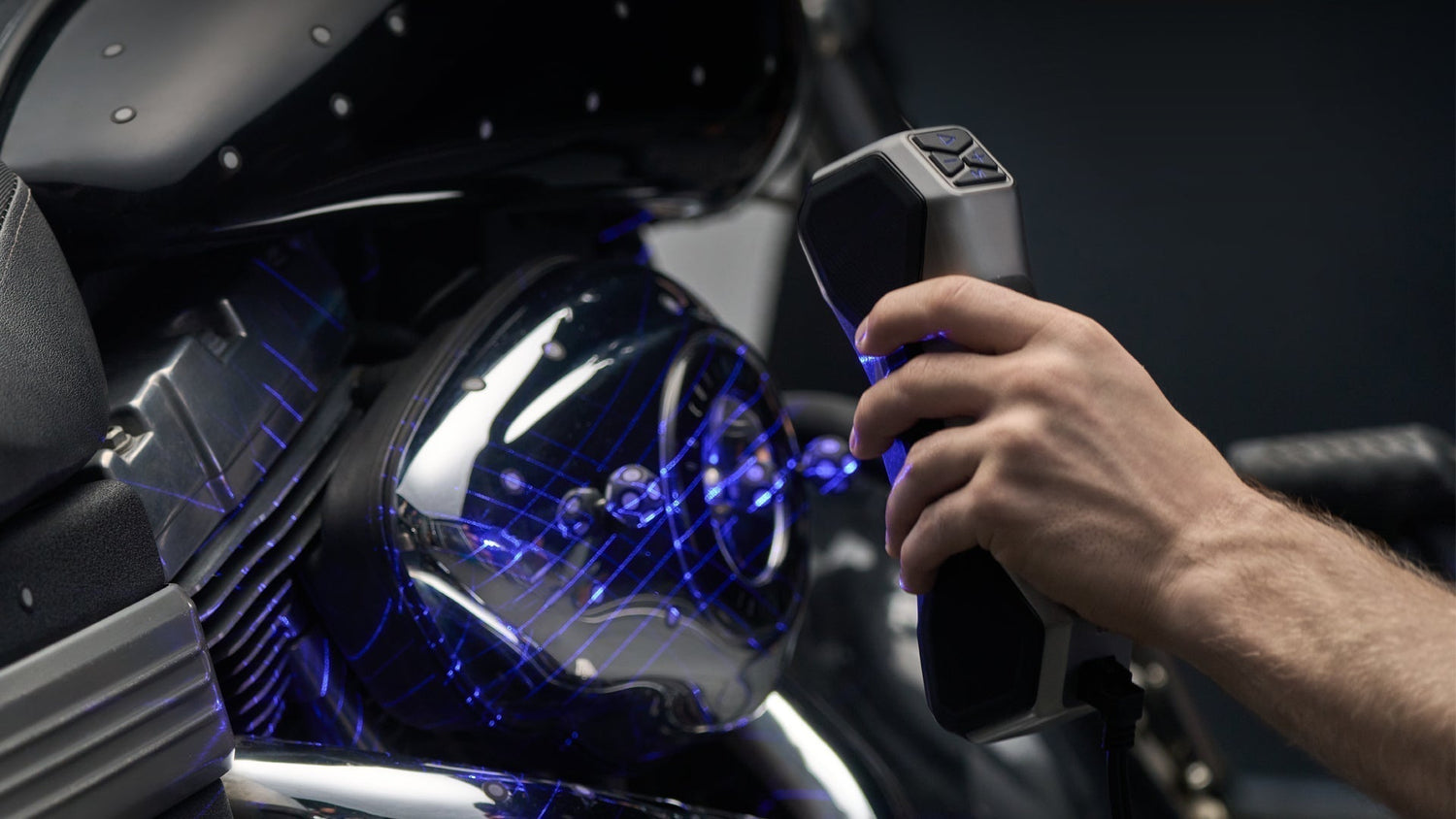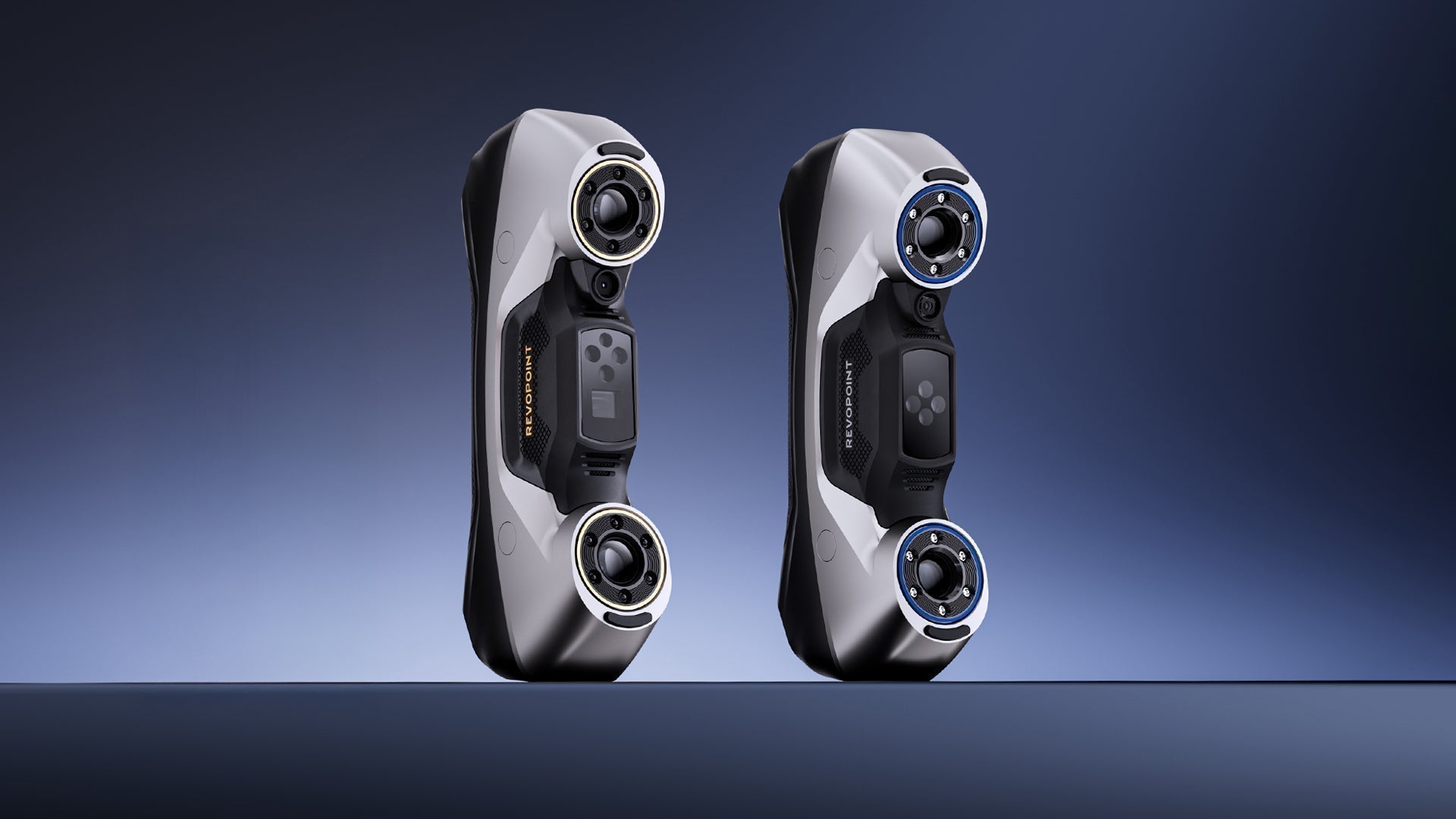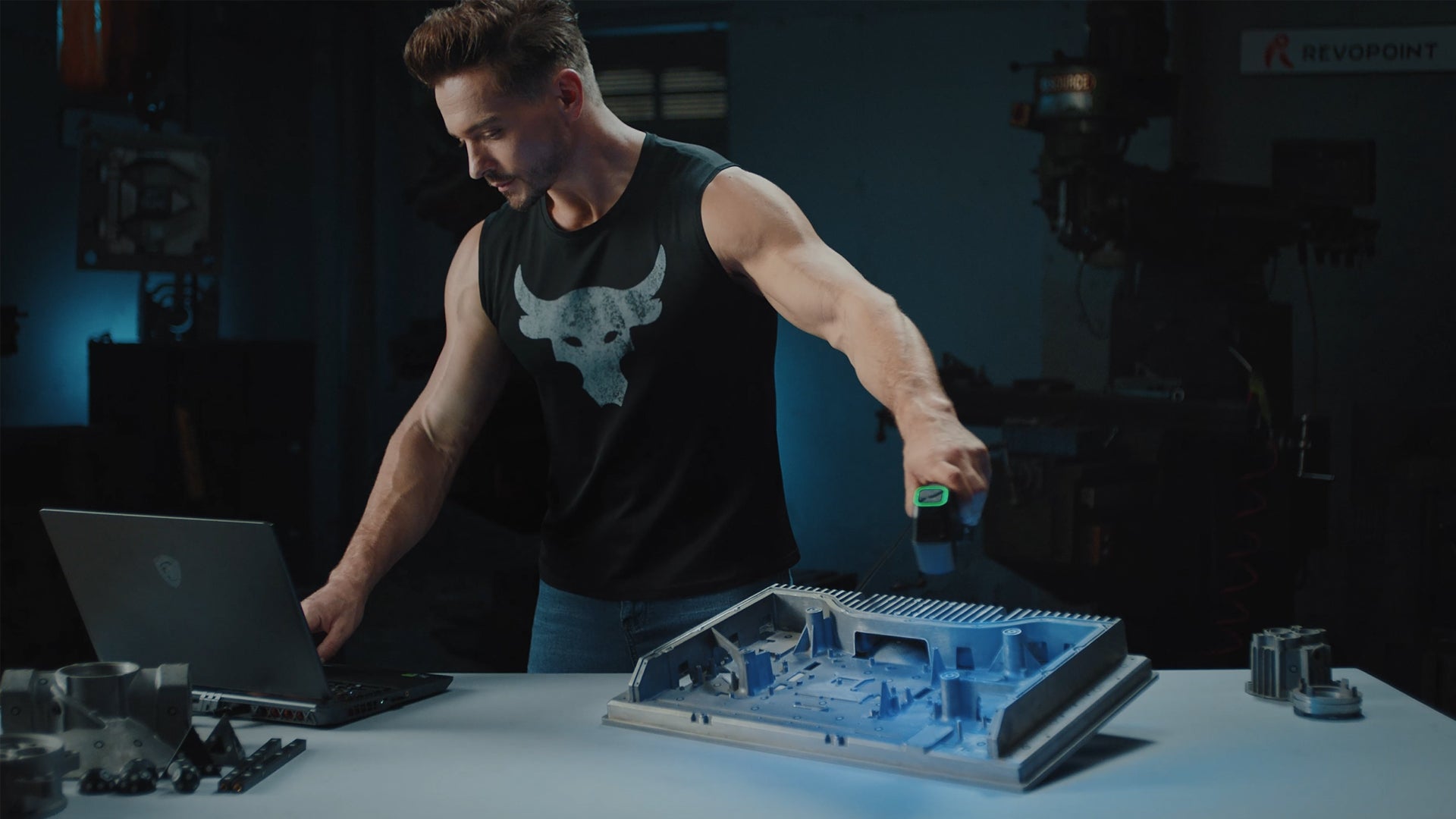Innovation in 3D scanning has changed how industries approach design, manufacturing, and digital preservation. At the heart of this transformation is the evolution of multi-line laser technology, a sophisticated approach that’s redefining scanning accuracy, efficiency, and reliability for applications ranging from industrial inspection to reverse engineering and cultural heritage conservation.
Understanding Multi-Line Laser Technology
Multi-line laser scanners represent a leap forward from traditional single-line or structured light systems. Rather than projecting a single beam, multi-line laser technology emits an array of finely controlled laser lines—often blue or infrared—onto the surface of an object. These lines interact with the object’s geometry, and their reflections are captured by high-resolution cameras or sensors. The resulting data is processed to create a precise 3D map, or point cloud, of the object’s surface.
The scientific principle underpinning this method involves triangulation, where the position and angle of each laser line are correlated with the observed reflection to calculate exact spatial coordinates. Advanced multi-line systems employ techniques such as spatial quadric surface modeling and geometric estimation to overcome the challenges posed by curved surfaces, reflective materials, or complex object textures. Research in journals like Scientific Reports highlights the use of spatial quadric equations to calibrate and correct for non-linear distortions, delivering measurable improvements in reconstruction fidelity.
Advancements in 3D Scanning Technology
Modern 3D scanning technology relies on a synergy of hardware and software. Multi-line laser scanners, such as those incorporating blue laser lines and full-field structured light, achieve metrology-grade accuracy with single-frame precision down to 0.01 mm. High-speed data capture—often reaching millions of points per second—enables the rapid digitization of small, intricate components and medium-sized assemblies alike.

A critical aspect of these systems is adaptability. Many scanners now offer multiple scanning modes (e.g., cross-line, parallel-line, and full-field structured light), which can be selected based on the object’s size, surface properties, and required resolution. Automated turntables, marker kits, and advanced tracking algorithms streamline the scanning process, reducing the need for manual intervention and ensuring consistent results even on difficult surfaces like shiny metals or deep black plastics.
Laser Scanning Science: Precision Through Calibration and Geometry
The science behind laser scanning hinges on precise calibration and the mathematical modeling of both the scanning system and the object. Calibration routines typically involve capturing reference patterns on known geometries, such as planar calibration plates, and fitting complex equations—like quadric surfaces—to the observed data. This process corrects for optical distortions introduced by elements such as diffractive optical elements (DOE) or large-angle projections.
Moreover, geometric estimation techniques are used to optimize the correspondence between points in stereo camera systems, minimizing errors introduced by noise or misalignment. By estimating minimum geometric distances between observed and projected points, multi-line laser scanners can refine the accuracy of every 3D coordinate in the final model. This methodology supports applications in industrial quality inspection, automotive design, robotics, and even biomedical device development.
Key Applications and Industry Impact
Industries benefit from multi-line laser scanning technology in a variety of ways:

● Reverse Engineering:
Rapid and accurate digitization of existing parts for modification, documentation, or replication.
● Quality Inspection:
High-resolution measurement and comparison against CAD models to ensure manufacturing consistency.
● Cultural Heritage:
Non-contact 3D digitization of artifacts and monuments, preserving detail without risk to fragile surfaces.
● Automotive and Aerospace:
Inspection of complex geometries, wear analysis, and rapid prototyping.
The integration of multi-line laser scanners into digital workflows enables seamless transitions from scan to CAD, 3D printing, or direct manufacturing. File compatibility with formats such as STL, OBJ, and PLY ensures interoperability with industry-standard design and engineering tools.
Enhancing Efficiency and User Experience
Multi-line laser scanners are designed with a focus on both precision and ease of use. For example, products like the MetroX scanner offer GPU acceleration for real-time processing, intuitive controls, and are supported by advanced software platforms such as Revo Scan 5 MetroX. Features such as automatic turntable integration and minimal surface preparation requirements help make the technology accessible for engineers, designers, and educators.

By supporting both handheld and auto turntable scanning modes, these devices accommodate objects of diverse sizes and complexities. The ability to scan difficult materials—such as shiny, dark, or transparent objects—further expands their utility across sectors.
Scientific Rigor and Continuous Improvement
The evolution of multi-line laser scanning is guided by ongoing research and feedback from real-world applications. Peer-reviewed studies, industry standards, and user communities contribute to a cycle of continuous innovation. These efforts ensure that new generations of scanners are not only more accurate but also more reliable and easier to use.
Introducing MetroX: Precision and Versatility in 3D Scanning
MetroX is engineered to deliver advanced multi-line laser scanning for professionals who require both accuracy and adaptability. Designed for small to medium-sized objects, MetroX combines blue laser technology with full-field structured light, making it a versatile choice for applications ranging from reverse engineering to quality inspection.

● Achieves metrology-grade accuracy up to 0.02 mm
● Supports both handheld and auto turntable scanning modes
● Offers high-speed point cloud capture for efficient workflows
● Integrates seamlessly with Revo Scan 5 MetroX software for editing, merging, and exporting data
● Compatible with automated turntables for streamlined operation
● Effectively scans challenging surfaces, including reflective and low-texture materials
With MetroX, users benefit from a reliable and flexible 3D scanning solution that adapts to diverse project needs while maintaining detailed, high-quality results.
Conclusion: Shaping the Future of 3D Scanning with Multi-Line Laser Technology
As industries place increasing emphasis on digital transformation, the science behind multi-line laser scanning stands out for its combination of accuracy, efficiency, and adaptability. By leveraging advanced calibration, geometric modeling, and high-speed data capture, multi-line laser scanners offer a versatile foundation for 3D digitization across countless fields.
For organizations seeking to elevate their design, inspection, or preservation processes, integrating this technology unlocks new possibilities—bridging the gap between the physical and digital worlds with confidence and clarity. Brands at the forefront of this movement, such as Revopoint, supported by robust research and user-centric design, continue to set new standards for what’s achievable in the realm of laser-based 3D scanning. Revopoint’s commitment to innovation and reliability ensures professionals have the tools needed to streamline workflows, achieve precise results, and confidently embrace the future of digital creation.



Leave a comment
This site is protected by hCaptcha and the hCaptcha Privacy Policy and Terms of Service apply.